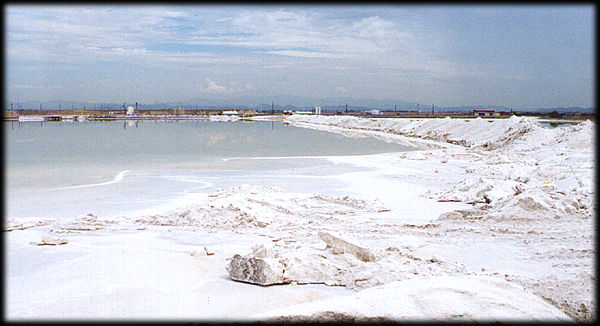BBQ Gone Pacific Northwest
I decided to do a PNW BBQ for our out of town visitors. Something that would be unique to this place. Something that they could remember as being different than what they could get on the east coast. Pigs grow everywhere. So do lambs, cows, chickens, and goats. I had intended to do my traditional BBQ pork ribs but had a change of heart at the last minute. It had to be smoked Pacific Salmon.
And Dungeness crab.
And heirloom tomatoes (which I have come to love over the past year).
And walla-walla onions.
How on earth could I put these together with a live fire of pecan wood into one meal? I think best under pressure, and after procrastinating until 3pm of the day I had to make dinner, this is what I came up with:
Heirloom Tomatoes and Lemon Cucumber Salad with Roasted Sweet Corn
Smoked Salmon
Grilled Dungeness Crab
Smoked Walla-Walla Onions with Balsamic vinegar
For dessert, Lucille made an outstanding peach pie.
Now I have to admit some things. Due to the lackadaisical nature of my planning, I was not able to make the entire meal local. But it mostly was and I've got some good ideas for next time.
Heirloom Tomatoe and Lemon Cucumber Salad with Roasted Sweet Corn
- Lemon Cucumbers from Pumpkin Patch Farm
- Walla-walla onions from Pumpkin Patch Farm
- White and Golden Sweet Corn from Pumpkin Patch Farm (4 for a dollar. Awesome!)
- Oregon Salt from me
- Pepper from somewhere on the other side of the world
- Balsamic Vinegar from Fred Meyer
- Italian Parsley from New Seasons
Smoked Coho Salmon
Now, this is the one thing that sorta bummed me out. Since Salmon was the centerpiece of the meal, you'd think it would have to be local. Well it wasn't. BUT after I bought the salmon, I saw the native guys selling some amazing Columbia River Salmon at the Interstate Farmer's Market. If only I'd known!
- Fresh Alaskan Coho from Fred Meyer
- My special BBQ spice rub
Grilled Dungeness Crab
I had an idea and no idea how to do it. Grilled crab. Sounds great, no idea how to do it. Considering the number of cook books I have, I thought a grilled crab recipe would be easy to find. Well it was harder to find than I thought. In the end I had to resort to searching the interwebs for a grilled crab recipe. About.com had a good example that I used as inspiration. You have to kill the crabs by boiling them first, then clean and grill. Not hard really--a combo approach that turned out to be delicious.
- Dungeness Crab from Fred Meyer
- Butter from Noris Dairy
- Garlic from Pumpkin Patch Farm.
Smoked Walla-Walla Onions with Basalmic Vinegar
- Walla-Walla onions from Pumpkin Patch Farm
- Basalmic Vinegar from Fred Meyer
- Salt from me.
- Pepper from somewhere over the rainbow.
PNW BBQ Results
Overall it worked out really well. We were a little light on veggies, but oh well. The salad was fresh and sweet. The onion-salmon-crab combo was delicious. Lucille's pie was supreme. In terms of local, I think a little more than half the ingredients were local. Not so great; the heavy reliance on vinegar and spices really hurt my local rating. And the darn salmon...if only I'd known!
Here's some pics from the meal:






